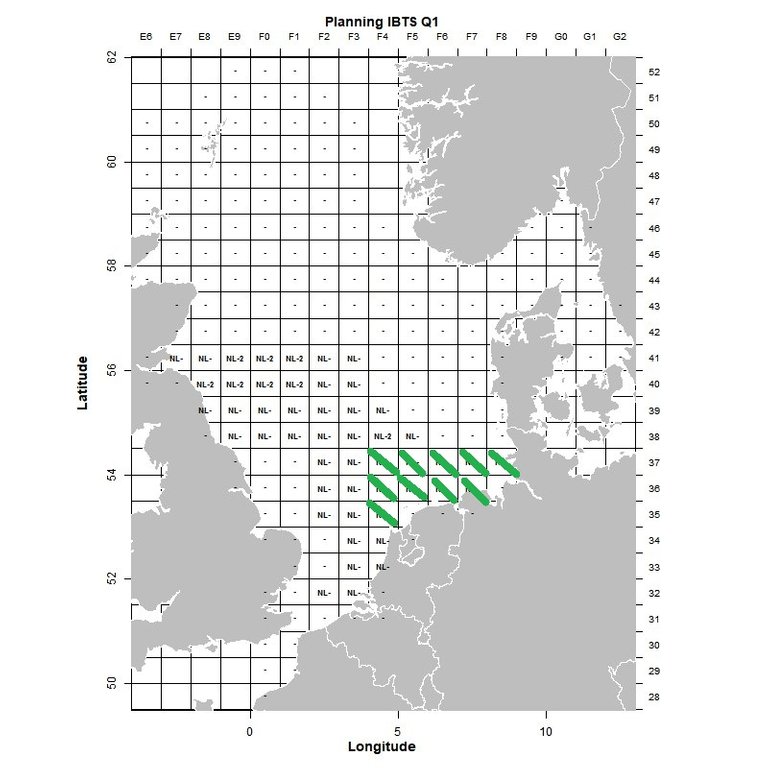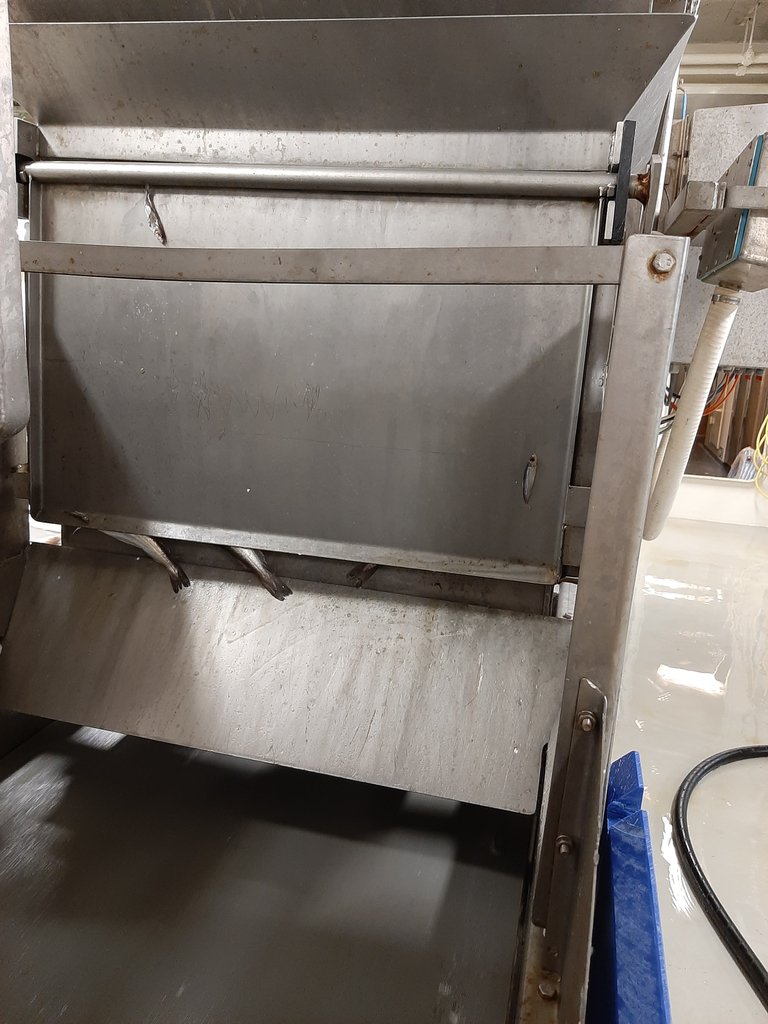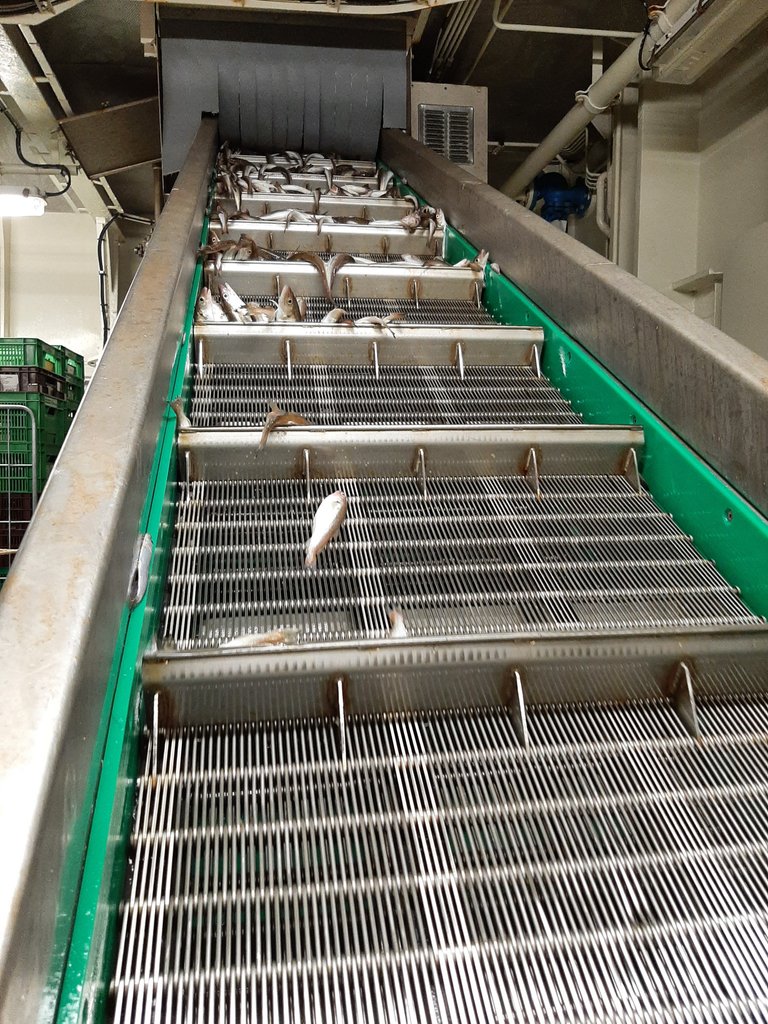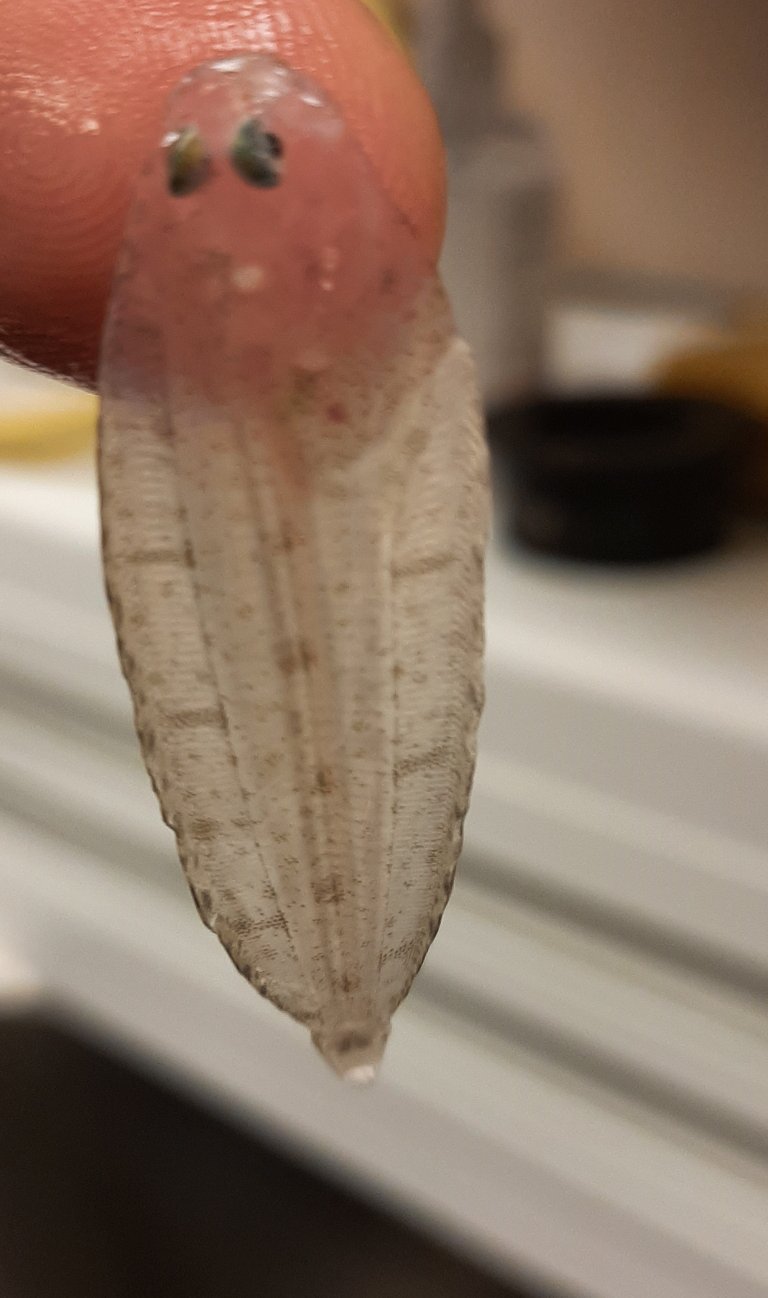The first week is already over. The intention was to broadcast something earlier, but the internet connection on board was slow, so uploading was not possible. Hence now an overview of the entire week.
We left Scheveningen with the plan to sample larvae along the Dutch coast towards the German Bight. Somewhat as a surprise, this plan was disrupted by a bump of wind that passed by Monday evening / night on Tuesday, after which it was completely calm again in the morning. It was a strange wind, which caused quite a few waves, displacing items on board that had been there for several years. Since the fine-meshed larval net is very fragile, it cannot be used in these types of weather conditions.
In the morning the weather was calm and actually it stayed that way all week and we were able to sample the Dutch IBTS stations in the German Bight. Catches in the German Bight are low in biomass and species diversity in all years. The first was even better this year, mainly because quite a lot of young whiting was caught. Besides whiting, almost only herring, sprat and dab are caught. With now and then a few other types such as plaice, turbot, grey gurnard and striped red mullet. A few dogfish and spotted rays have also been caught.

The duration of the fish hauls is standardized to half an hour, all participants in the IBTS fish each station for that long. As was the case for whiting in the German Bight, this can result in catches that are too large to measure each individual fish. In that case we take a representative part (subsample) and measure each individual fish of such a subsample. The subsample is taken visually (a half, a quarter, one eighth of the total volume of the particular species) or, on the IBTS, usually based on weight. The fish goes over the conveyor belt via a scale during the sorting process and then immediately back into the sea. Only the subsample is taken from the belt, and the ratio (sub-factor) is determined based on the total weight and weight of the subsample.


Above: Scale in the conveyor belt, fish comes from above and is stopped by the valve (where you see a few tails beeping from underneath) the scale is filled to approx. 20 kg, then the valve opens and all the fish come back onto the conveyor belt towards the bottom photo. On which you can see the conveyor belt with whiting that immediately returns to the sea after weighing.
During the evenings and nights the larvae are sampled, which went well except for the first evening. During the larval sampling, fishing is done for at least 10 minutes, during which the net is lowered to 5 meters above the bottom and then slowly brought back to just below the surface. If this takes less than 10 minutes this is repeated. In shallow areas, such as the German Bight, this can be repeated up to 3 or 4 times. The samples are then fixed and sorted the next day. In particular, we look at clupeidae larvae (herring, sprat, pilchard). But of course plenty of other things are caught in the water column, like the larva in the picture, but more about that later this trip.

Flatfish larva from a MIK-sample
We leave again on Monday and then for 11 days. Hopefully the internet connection will be better then, so that we can upload other blogs.